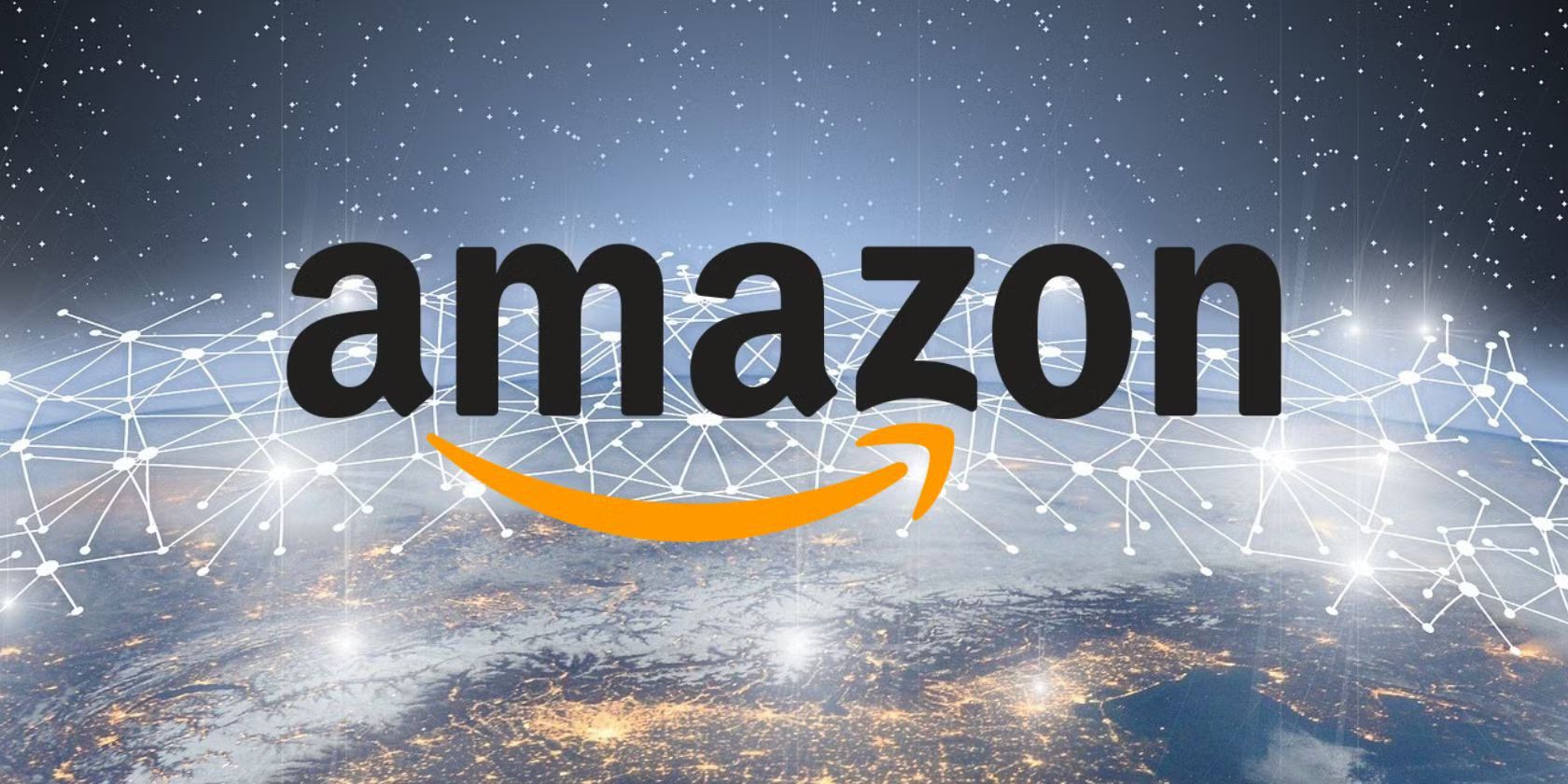
Amazon is charting a bold new course in the competitive landscape of retail and logistics, unveiling a significant expansion of its same-day delivery service. This strategic enhancement allows shoppers to combine perishable grocery items with electronics, household goods, and other general merchandise in a single order, a move poised to redefine convenience for millions of consumers across the United States. The company’s latest initiative signals an aggressive push into the grocery sector, consolidating various shopping needs into a streamlined, high-speed delivery model.
This ambitious program has already launched in over 1,000 cities and towns, marking a substantial geographic footprint from its inception. Key metropolitan areas and regional hubs are included in this initial rollout, with cities such as Raleigh, North Carolina; Milwaukee, Wisconsin; Columbus, Ohio; and Tampa, Florida, among the first to benefit. Furthermore, major urban centers like Los Angeles, California; Seattle, Washington; Dallas, Texas; and Nashville, Tennessee, are also part of this extensive network, underscoring Amazon’s intent to cover a broad spectrum of the American populace.
Amazon has outlined even more expansive plans for this service, projecting its availability in over 2,300 areas across the U.S. by the close of the current year, with further expansion anticipated into 2026. This rapid scaling reflects Amazon’s confidence in the demand for integrated, rapid delivery services. The sheer scope of this rollout indicates a long-term commitment to capturing a larger share of the essential goods market, integrating it seamlessly with their established e-commerce operations.

A cornerstone of this new offering is its compelling value proposition, particularly for Amazon Prime members. Prime subscribers are eligible for free same-day delivery on orders totaling $25 or more, presenting a significant benefit for regular shoppers. For orders that do not meet the $25 threshold, a modest $2.99 fee is applied, still providing an affordable option for smaller, immediate needs.
Conversely, customers without a Prime membership can still access this same-day grocery delivery service, though a $12.99 fee is applied regardless of the order size. This tiered pricing strategy incentivizes Prime membership while ensuring broader accessibility to the convenience of same-day delivery for all customers. The company’s clear pricing structure aims to provide transparency and encourage high-volume usage.
Amazon has carefully articulated that this new service is not intended to supersede its existing grocery delivery platforms. Rather, it serves as a complementary offering designed to enhance the overall customer experience. Current services, including Amazon Fresh, Whole Foods Market, and various local grocery programs available through Amazon’s website, will continue to operate as usual, providing a diverse ecosystem of grocery procurement options for consumers.
The expanded product range available through this service is a key differentiator, setting it apart from more specialized delivery models. Customers can now seamlessly integrate perishable items such as fresh produce, dairy products, a variety of meats, seafood, baked goods, and frozen foods into a single order. This is a significant shift, allowing for a truly comprehensive shopping experience within the same transaction.
Read more about: Unveiling California’s Enduring Grandeur: A Journey Through History, Innovation, and Natural Wonders
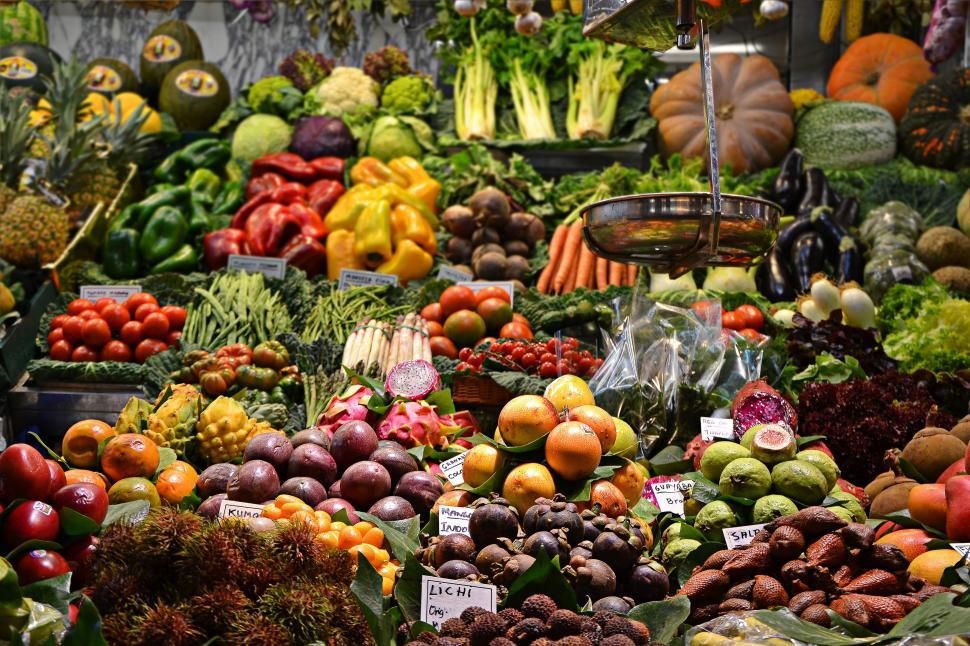
This broad inclusion means that a customer could, for instance, order a week’s worth of fresh fruits and vegetables, milk, and bread, and simultaneously add a new electronic gadget, a bestselling novel, or a set of home improvement tools to the same digital shopping cart. Doug Herrington, chief executive of Worldwide Amazon Stores, underscored this revolutionary convenience, stating, “They can order milk alongside electronics; oranges, apples, and potatoes with a mystery novel; and frozen pizza at the same time as tools for their next home improvement project – and check out with one cart and have everything delivered to their doorstep within hours.” This unified cart experience represents a paradigm shift in online shopping.
Such a sophisticated delivery operation necessitates a robust and specialized logistical infrastructure. Amazon has developed a highly advanced, temperature-controlled fulfillment network specifically designed to handle perishable grocery items. This network ensures that temperature-sensitive products maintain their integrity from the moment they are picked until they reach the customer’s doorstep, preserving freshness and quality.
Before items embark on their journey for delivery, they undergo a rigorous six-point quality check within Amazon’s facilities. This meticulous inspection process is designed to ensure that products meet the company’s stringent quality standards before being dispatched. Furthermore, temperature-sensitive goods are transported in insulated bags, which are designed to be recyclable in most curbside recycling programs, aligning with environmental considerations.
Read more about: Alexa’s Generative AI Leap: Inside Amazon’s Ambitious Brain Transplant for Its Iconic Voice Assistant
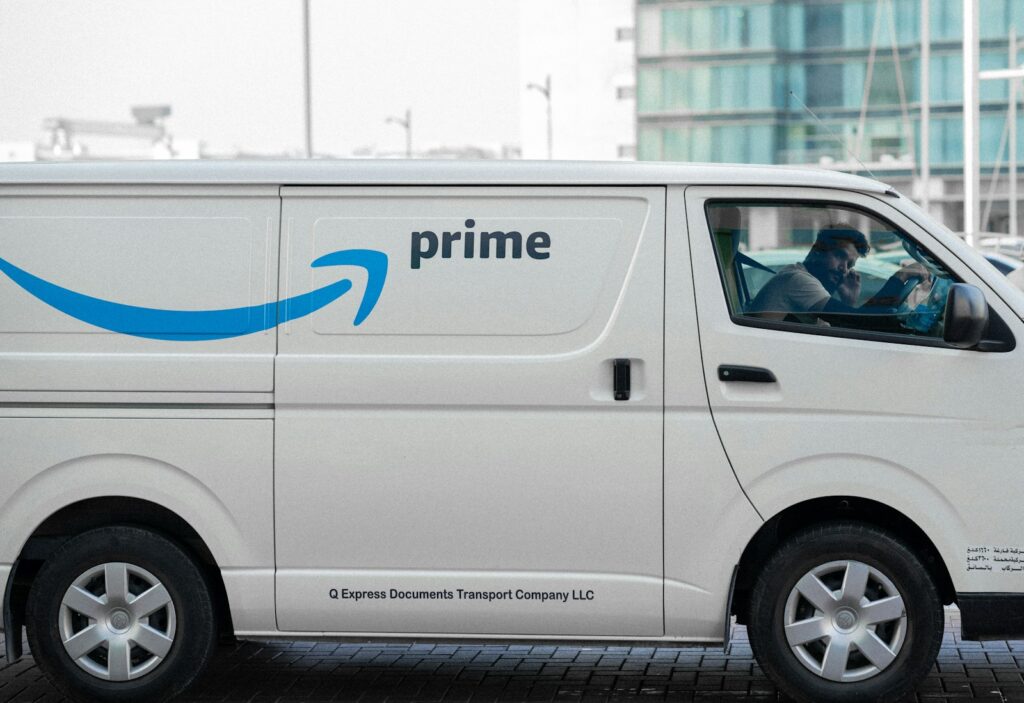
These specialized bags are not new to Amazon’s operations; they are the same high-quality containers utilized for deliveries from Amazon Fresh and Whole Foods Market. This continuity in packaging underscores Amazon’s commitment to consistent quality and reliable temperature control across its grocery delivery portfolio. The integration of established best practices into this new service ensures a seamless and dependable experience for consumers.
The genesis of this expanded service can be traced back to Amazon’s observations of evolving consumer habits and preferences. The company noted that its gross sales last year surpassed $100 billion, driven by over 150 million American shoppers, excluding revenue specifically from Amazon Fresh and Whole Foods Market. This broad customer base provided fertile ground for understanding demand for more integrated services.
Amazon initially began incrementally adding perishable groceries, including staples like bananas, milk, eggs, and bread, to its existing same-day delivery service in select areas. Initial pilot locations, such as Phoenix, Orlando, and Kansas City, saw customers heavily utilize this added convenience, demonstrating a clear market appetite for such flexibility. The positive reception provided critical validation for a broader rollout.
Read more about: Unmasking the Miami Ads: A Billionaire’s Quest to Reshape Political Discourse Through Strategic Messaging
The company’s internal data further solidified the demand, revealing a fascinating shift in customer preferences. According to Amazon, “Strawberries, Honeycrisp apples, limes and avocados now rank among the top 10 items in Same-Day Delivery carts.” This highlights not only the success of integrating perishables but also a strong consumer preference for fresh produce delivered swiftly, indicating a move beyond mere emergency purchases.
The announcement of this expansive grocery delivery program sent immediate ripples through the financial markets, underscoring its profound strategic implications. Evercore ISI, a research department within the independent investment bank Evercore, characterized the program as “a significant strategic move.” This designation reflects the program’s potential to disrupt established market dynamics within the grocery and delivery sectors.
The rationale behind this assessment is rooted in the unique advantage Amazon gains by allowing customers to consolidate grocery purchases with a wide array of other items. By enabling a single order encompassing everything from fresh produce to clothing, electronics, and various household products, Amazon directly enhances its competitive standing. This integrated shopping experience makes Amazon a more formidable rival to dedicated grocery delivery services.
Read more about: The Billion-Dollar Wake-Up Call: How Skims Cofounder Emma Grede Went From ’42-Year-Old Woman’ AI User to Tech Trailblazer, Thanks to Mark Cuban

Researchers at Evercore ISI specifically highlighted that by enabling customers to purchase groceries in one single order, alongside items such as clothing, electronics and other household products, Amazon has increased its chances of competing with grocery delivery services that customers turn to, like Instacart and Walmart+. This comprehensive approach is designed to capture a larger share of consumers’ total shopping spend.
Furthermore, the $25 minimum threshold for free delivery for Prime members is seen as a particularly attractive feature for consumers. This low barrier to entry, combined with the unparalleled convenience of unified orders, poses a direct challenge to existing delivery paradigms. It creates a more compelling value proposition that may make it more difficult for other delivery services to retain customer loyalty.
Indeed, the market reaction was swift and decisive. Shares of Instacart experienced a notable decline, dropping nearly 11% following Amazon’s announcement. Rivals DoorDash and Uber also saw their shares decrease by 4.8% and 1.8%, respectively, reflecting investor concerns about the intensified competition. These immediate plunges illustrate the perceived threat Amazon’s move poses to the incumbents in the delivery space.
The impact extended beyond pure-play delivery services to traditional grocery giants as well. Shares of Kroger plummeted by 4.3%, while Walmart’s stock saw a 1.9% decline. Ahold Delhaize, the parent company of Stop & Shop, also experienced a downturn of 0.7%. These market movements underscore the cross-sectoral implications of Amazon’s foray into comprehensive same-day grocery delivery.
Read more about: U.S. Markets Ride Rate Cut Hopes to Record Highs, Yet Underlying Inflation and Fed Caution Signal Persistent Volatility Ahead
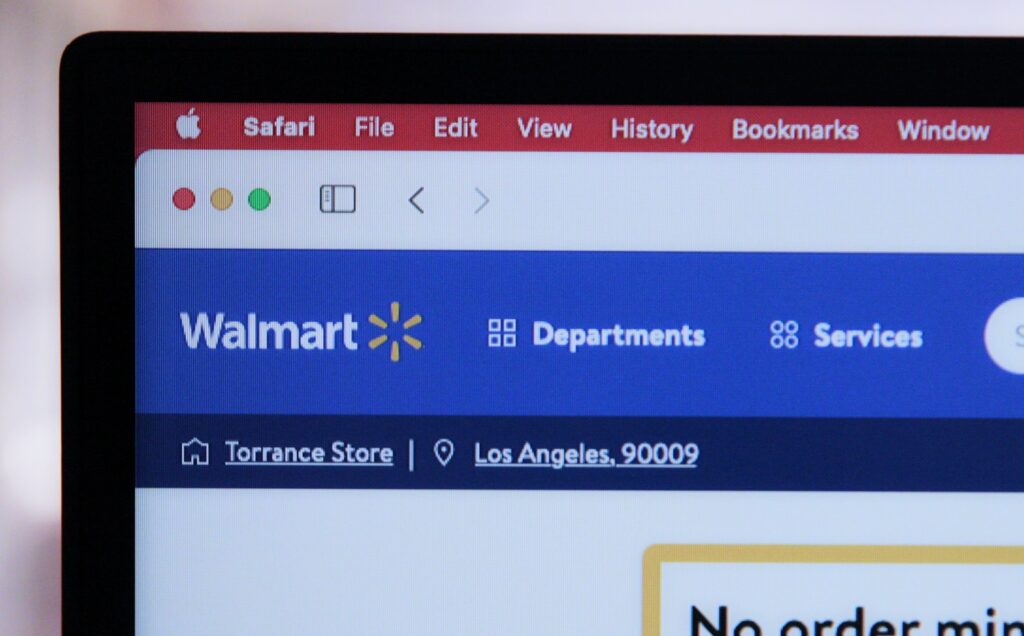
In contrast to the broad market downturn experienced by its competitors, Amazon’s shares were up 1% on Wednesday, indicating investor approval and confidence in the company’s strategic direction. This positive market response suggests that investors view this expansion as a substantial growth opportunity, potentially cementing Amazon’s position as a dominant force in the retail ecosystem.
While Walmart’s membership service, Walmart+, offers same-day delivery, typically under three hours with some orders arriving in as little as 30 minutes for a $98 annual fee, Amazon’s integration of groceries into its core Prime same-day delivery service at a $25 minimum order threshold for free delivery directly targets the quick, one-off purchase segment. As Blake Droesch, an analyst with eMarketer, noted, “Notably, Amazon has lowered the minimum order threshold to just $25 — a move that directly threatens Instacart by enabling customers to use Amazon for quick, one-off purchases, a core part of Instacart’s value proposition.” This directly challenges a key strength of Instacart’s model.
Amazon’s leadership has consistently articulated a clear vision for its grocery ambitions. The company stated in its release, “Amazon is always looking for ways to make grocery shopping simpler, faster and more affordable for our customers, especially Prime members.” This statement encapsulates the core tenets driving their innovation in this space, focusing on customer-centric improvements.
Doug Herrington, CEO of Worldwide Amazon Stores, reiterated this commitment, emphasizing that the company is “continuously innovating to make grocery shopping simpler, faster, and more affordable for our customers, especially Prime members.” He highlighted the convenience of combining diverse product categories into a single order and delivery within hours. This strategic emphasis on ease and speed is central to Amazon’s value proposition.
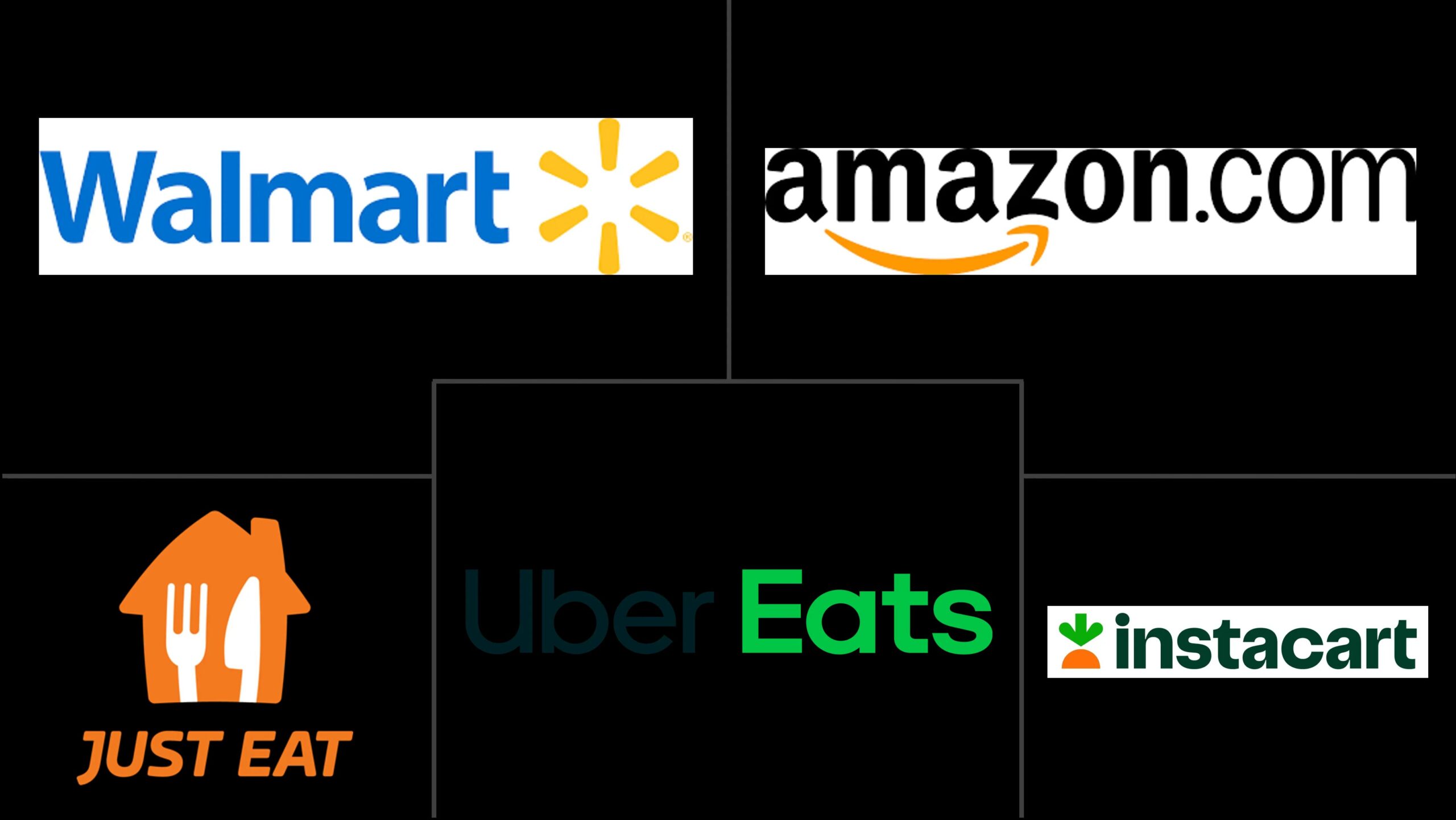
The current economic climate, where customers are increasingly focused on making their budgets stretch further, further informs Amazon’s strategy. The company explicitly stated that its grocery expansion will prioritize value, aligning with prevailing consumer financial considerations. This focus on affordability and efficiency is designed to resonate with a broad consumer base seeking maximum utility from their spending.
Amazon’s renewed vigor in the grocery sector follows a period of mixed results and strategic adjustments. CEO Andy Jassy expressed a “very bullish” outlook on Amazon’s grocery business earlier this year, acknowledging the company had faced “speed bumps” in its past endeavors. These past challenges included difficulties in attracting significant foot traffic to physical Amazon retail grocery locations and the performance of a separate app dedicated solely to grocery delivery.
Since its 2017 acquisition of Whole Foods, Amazon has experimented with various approaches to penetrate the grocery market more deeply. One notable change in its service model included the introduction of a $9.95 service fee for all Whole Foods deliveries for Prime members, a departure from an earlier policy of free same-day delivery. These adjustments illustrate a continuous refinement of their grocery strategy based on market feedback and operational realities.
In a broader context of logistical investment, Amazon announced in June that it is committing over $4 billion to triple the size of its delivery network by 2026. A significant portion of this investment is earmarked for expanding same-day and next-day delivery services to more than 4,000 rural U.S. communities by the end of the year. This comprehensive infrastructure development underpins the ambitious grocery delivery expansion, ensuring the capacity to meet heightened demand.
Read more about: Kroger Unveils KroGO: A Deeper Dive into the Smart Cart’s Potential to Transform Grocery Retail

This strategic pivot by Amazon marks a pivotal moment in the e-commerce and grocery delivery sectors. By integrating perishable groceries into its flagship same-day delivery service, the company is not merely expanding a product category; it is fundamentally reshaping the online shopping experience. The ability to fulfill diverse household needs—from fresh produce to consumer electronics—within hours, all from a single cart, sets a new benchmark for convenience.
Product on Amazon: Amazon Grocery, Fruit & Grain Cereal Bars, Raspberry, 1.3 Oz, 8 Ct (Previously Happy Belly, Packaging May Vary)
Brand: Amazon Grocery
Binding: Grocery Product Group: Grocery
Price: 1.79 USD
Rating: 4.3 Total reviews: 12123
Flavor: Raspberry
Product Benefits: Energy Boost,High Fiber,Complete Nutrition
Number of Items: 1
Unit Count: 10.4 Ounce
Features:
1. One box containing 8 1.3-ounce Raspberry Fruit & Grain Cereal Bars
2. Some of your favorite Happy Belly products are now part of the Amazon Grocery brand! Although packaging may vary during the transition, the ingredients and product remain the same. Thank you for your continued trust in our brands
3. 10g whole grain per serving
4. Good source of calcium & iron
5. No high fructose corn syrup
Top Review from US: “I no can believe. Eez veddy goo. I compare to far more spensif bran. Theess veddy much gooder. Yes. I buy more. Eess very goo price too.The Apple Cinnamon variety is also very tasty.Compared to a pricier, name brand similar item, those have a tendency to upset my stomach with a need for an antacid.Maybe it’s my personal tolerance, but these have not upset my stomach one bit and I have already eaten two boxes of these.”
Shopping on Amazon >>
Read more about: A.I. Start-Up Perplexity Offers $34.5 Billion for Google’s Chrome, Setting Stage for Historic Antitrust Confrontation
This move reinforces Amazon’s enduring commitment to innovation and its relentless pursuit of customer satisfaction, particularly for its vast Prime membership base. The market’s immediate reaction underscores the competitive implications, signaling a new era of intensified competition where speed, breadth of offering, and integrated value will be paramount. As Amazon streamlines the path from digital cart to doorstep, the broader retail landscape will undoubtedly evolve in its wake, promising an exciting future for consumers seeking unparalleled shopping efficiency.




